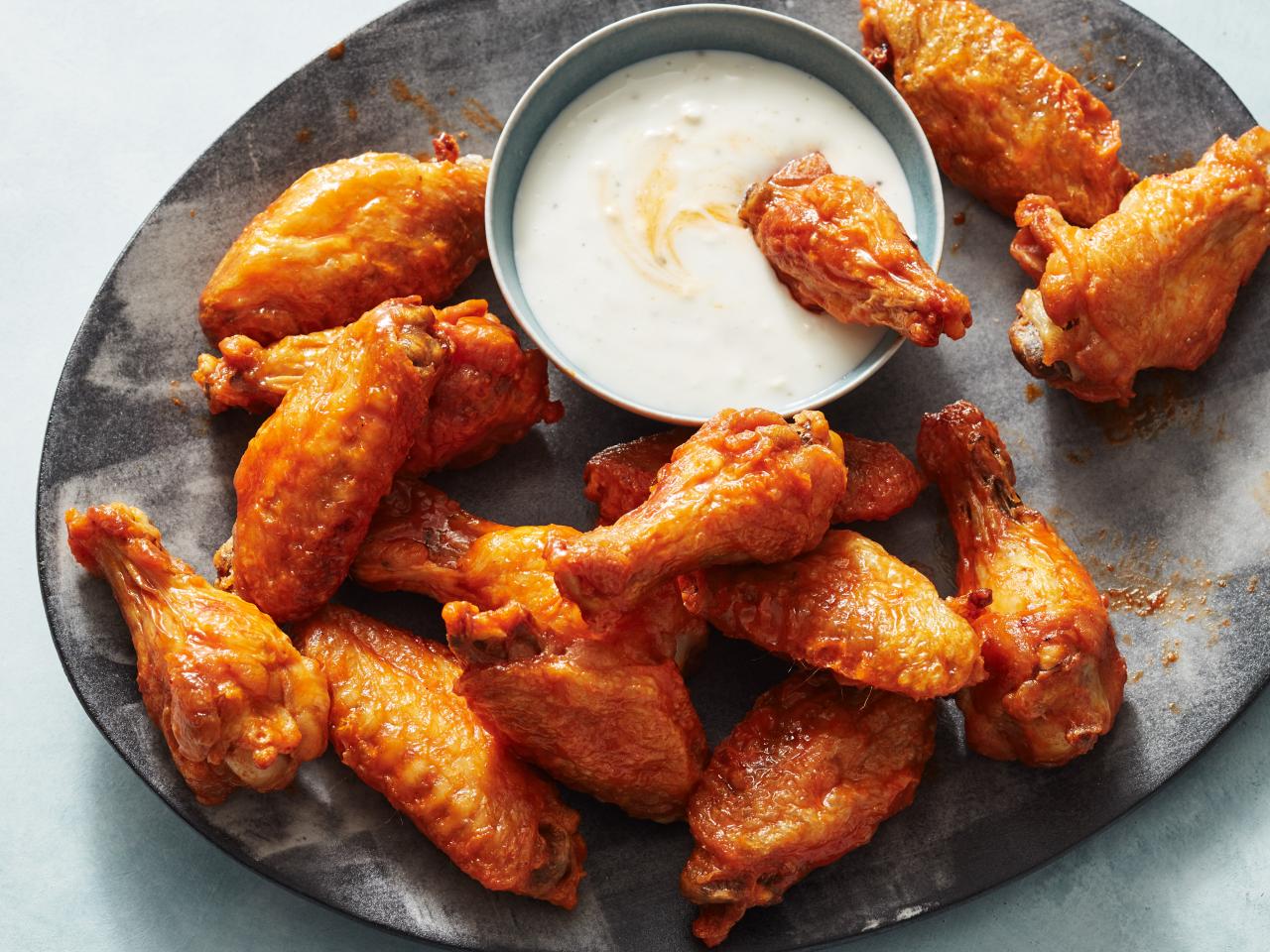Chicken wing Nutrition has become a staple in many people’s diets, especially as a popular choice for parties, game nights, and casual dining. While they are undeniably delicious, it’s essential to be mindful of their nutritional content to make informed choices that align with a healthy lifestyle. In this guide, we’ll delve into the nutritional facts of chicken wings, exploring how you can enjoy them without compromising your health.
Read more about Olive Oil and Lemon
Contents
The Basics of Chicken Wing Nutrition
Protein Powerhouse
Chicken wings are an excellent source of protein, a crucial nutrient for muscle development and overall bodily function. A serving of chicken wings can provide a significant portion of your daily protein needs, making them a satisfying option for those looking to maintain or build muscle mass.
Calorie Count
While protein is abundant, it’s important to be mindful of the calorie content in chicken wings. The cooking method and sauces used can significantly impact the overall calorie count. Baked or grilled wings are generally lower in calories compared to fried counterparts, offering a healthier alternative without sacrificing flavor.

Understanding the Fat Content
Healthy Fats vs. Unhealthy Fats
Chicken wings contain both healthy and unhealthy fats. The skin of the wing is where most of the unhealthy saturated fats are found. Opting for skinless wings or removing the skin before consumption can help reduce saturated fat intake. On the other hand, the chicken meat itself provides essential omega-3 fatty acids, contributing to heart health.
Frying vs. Baking
The cooking method plays a crucial role in the fat content of chicken wings. Deep-frying adds extra calories and unhealthy fats, while baking or grilling retains the flavor without the excessive fat. Choosing the right cooking method is key to enjoying chicken wings healthily.
Saucy Situations
The sodium content in chicken wings often comes from the sauces used. Many commercial sauces can be high in salt, contributing to increased sodium intake. Opt for homemade sauces with controlled salt levels or choose low-sodium alternatives to enjoy flavorful wings without compromising your health.
Balancing Act
Maintaining a balanced diet is essential. If you’ve indulged in chicken wings, be mindful of your sodium intake in other meals to avoid exceeding recommended daily limits. This balance helps prevent water retention and supports overall cardiovascular health.
Making Informed Choices
Portion Control
Enjoying chicken wings in moderation is key. Be mindful of portion sizes, and pair your wings with a variety of colorful vegetables for added nutrients. Creating a balanced plate ensures that you’re not solely relying on chicken wings for your nutritional needs.
Homemade Goodness
Consider preparing your chicken wings at home, allowing you to control the ingredients and cooking methods. Experimenting with healthier cooking techniques and homemade sauces can result in a satisfying and nutritious meal.
Conclusion
Whole chicken wing Nutrition is often associated with indulgence, they can be part of a healthy diet when consumed mindfully. By understanding the nutritional facts and making informed choices about preparation and portion sizes, you can savor the flavor of chicken wings without compromising your health. So, go ahead – wing it healthily!



